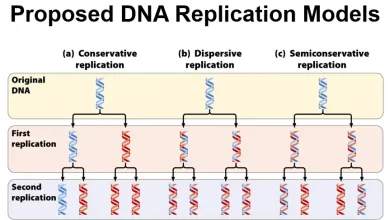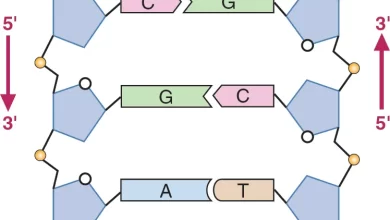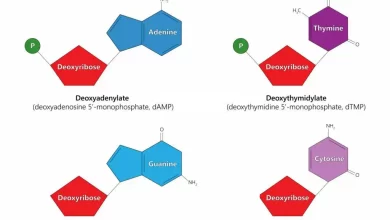You know, DNA melting temperature is referred to as Tm. But before talking about Tm in DNA, let me clear something up. In various biological processes such as transcription, replication, or the PCR (polymerase chain reaction) method, separating the double-stranded structure of DNA and converting it into a single-stranded form is necessary.

DNA melting temperature or Tm: the temperature at which half of the DNA structures become single-stranded. At this temperature, light absorption increases at 260 nanometers due to the disruption of hydrogen bonds and the presence of organic bases. This phenomenon also leads to a decrease in the solubility of the solution.
Factors affecting the melting temperature
1- DNA length
The melting temperature of DNA increases as its length increases.
2- C-G base pairs
C-G base pairs in the DNA structure require more energy to break these bonds. Therefore, a higher abundance of C-G base pairs in the DNA structure increases the melting temperature.
3- Divalent cations
Divalent cations, such as magnesium ions (Mg2+), generally raise the melting temperature. This is because DNA carries a negative charge, and the presence of positively charged ions enhances the binding strength and stability of the DNA structure.
4- Chemical compounds
Various compounds, such as urea and formamide, disrupt the hydrogen bonds between the DNA base pairs. So ultimately reducing the melting temperature.
How does pH affect the TM of DNA?
pH can impact the melting temperature (Tm) of DNA. Changes in pH alter the ionization state of DNA molecules and affect the stability of hydrogen bonds between base pairs.
At lower pH values (acidic conditions), the increased protons (H+) concentration can disrupt the hydrogen bonding within the DNA molecule. This leads to a decrease in the stability of the double-stranded DNA structure and subsequently lowers the Tm. The acidic environment can also cause protonation of the nitrogenous bases, further destabilizing the DNA structure.
Conversely, at higher pH values (alkaline conditions), the increased concentration of hydroxide ions (OH-) can affect the ionization of DNA molecules. This can lead to increased stability of the double-stranded DNA structure and a higher Tm.
It is important to note that the specific effect of pH on Tm can vary depending on the sequence and composition of the DNA molecule, as well as the presence of other factors such as salt concentration and divalent cations. Experimental conditions and the desired application should be considered when studying the pH dependence of DNA melting temperature.
Conclusion
DNA melting temperature (Tm) is the temperature at which half of the DNA structures become single-stranded, affecting processes like transcription, replication, and PCR. Factors influencing Tm include DNA length, abundance of C-G base pairs, presence of divalent cations, and chemical compounds. pH also impacts Tm: lower pH disrupts hydrogen bonding, decreasing stability and lowering Tm, while higher pH increases strength and raises Tm. Specific effects depend on DNA sequence, composition, and other factors. Understanding Tm and pH dependence is crucial for studying DNA melting temperature in experimental conditions.





